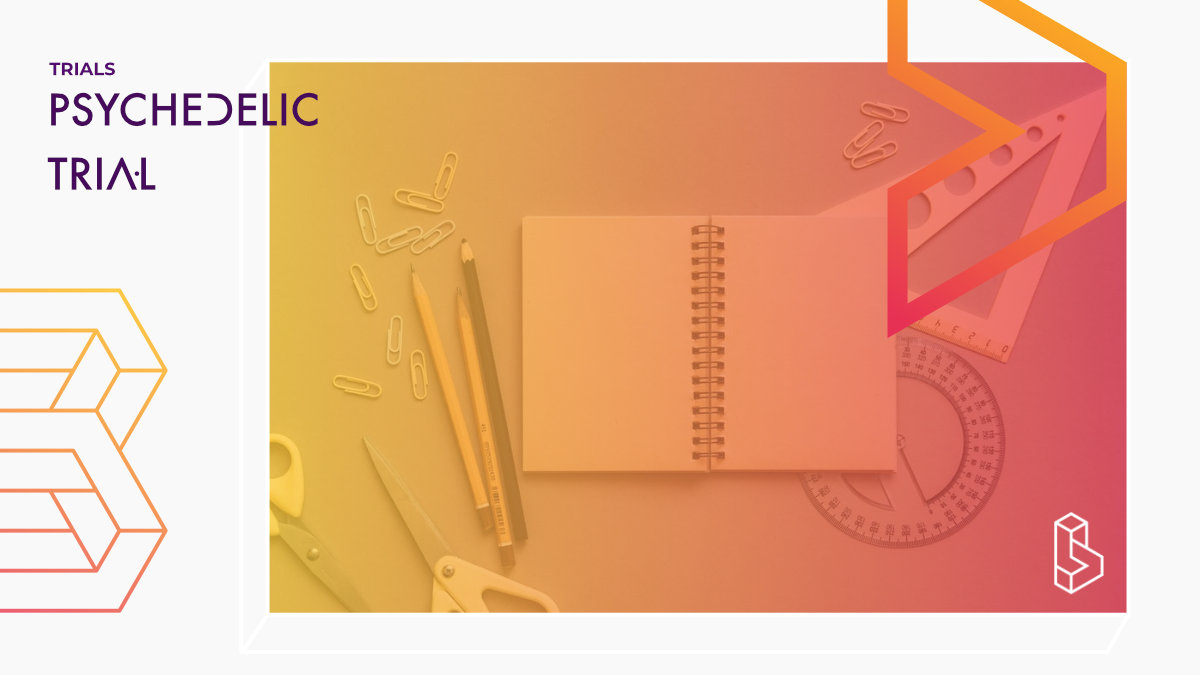Psilocybin is a classic serotonergic hallucinogen acting on the 5-HT2A receptor. It is used recreationally and in psychiatric research. Selective serotonin reuptake inhibitors (SSRIs) like escitalopram are first-line treatments for depression. They inhibit the serotonin transporter (SERT). This might cause a possible downregulation of postsynaptic 5-HT receptors, e.g. the 5-HT2A receptor.
The aim of the study is to investigate the effects of psilocybin after escitalopram and placebo pretreatment. Subjective and physiological effects as well as effects on gene expression will be assessed.
Trial Details
Trial Number
Sponsors & Collaborators
University of BaselThe University of Basel Department of Biomedicine hosts the Liechti Lab research group, headed by Matthias Liechti.
Papers
Pharmacokinetics and pharmacodynamics of oral psilocybin administration in healthy participantsThis study analysed data from three clinical trials (n=79) to characterize the pharmacokinetic-pharmacodynamic relationship of orally administered psilocybin (15-30 mg). Maximal psilocin concentrations were 11 ng/ml, 17 ng/ml, and 21 ng/ml after the administration of 15, 25, and 30 mg psilocybin, respectively, and maximal levels were reached after an average of 2 hours. The duration and intensity of subjective effects were dose-dependent.
Acute effects of psilocybin after escitalopram or placebo pretreatment in a randomized, double-blind, placebo-controlled, cross-over study in healthy subjects
In this double-blind, cross-over, the effects of psilocybin (25mg) were assessed in healthy volunteers (n=23) who had been taking the antidepressant escitalopram (10-20mg, 14 days) or placebo before psilocybin treatment. Pretreatment with escitalopram had no relevant effect on positive mood but significantly reduced bad drug effects and adverse cardiovascular effects.
Measures Used
5-Dimensional Altered States of Consciousness QuestionnaireThe 5D-ASC scale measures altered states of consciousness and contains 94 items (visual analog scales).
States of Consciousness Questionnaire
The States of Consciousness Questionnaire (SOCQ) was developed to assess the occurrence features of the change in consciousness induced by psilocybin and includes the Mystical Experience Questionnaire (MEQ). The SOCQ consists of 100 items, 43 of which are from the MEQ.

